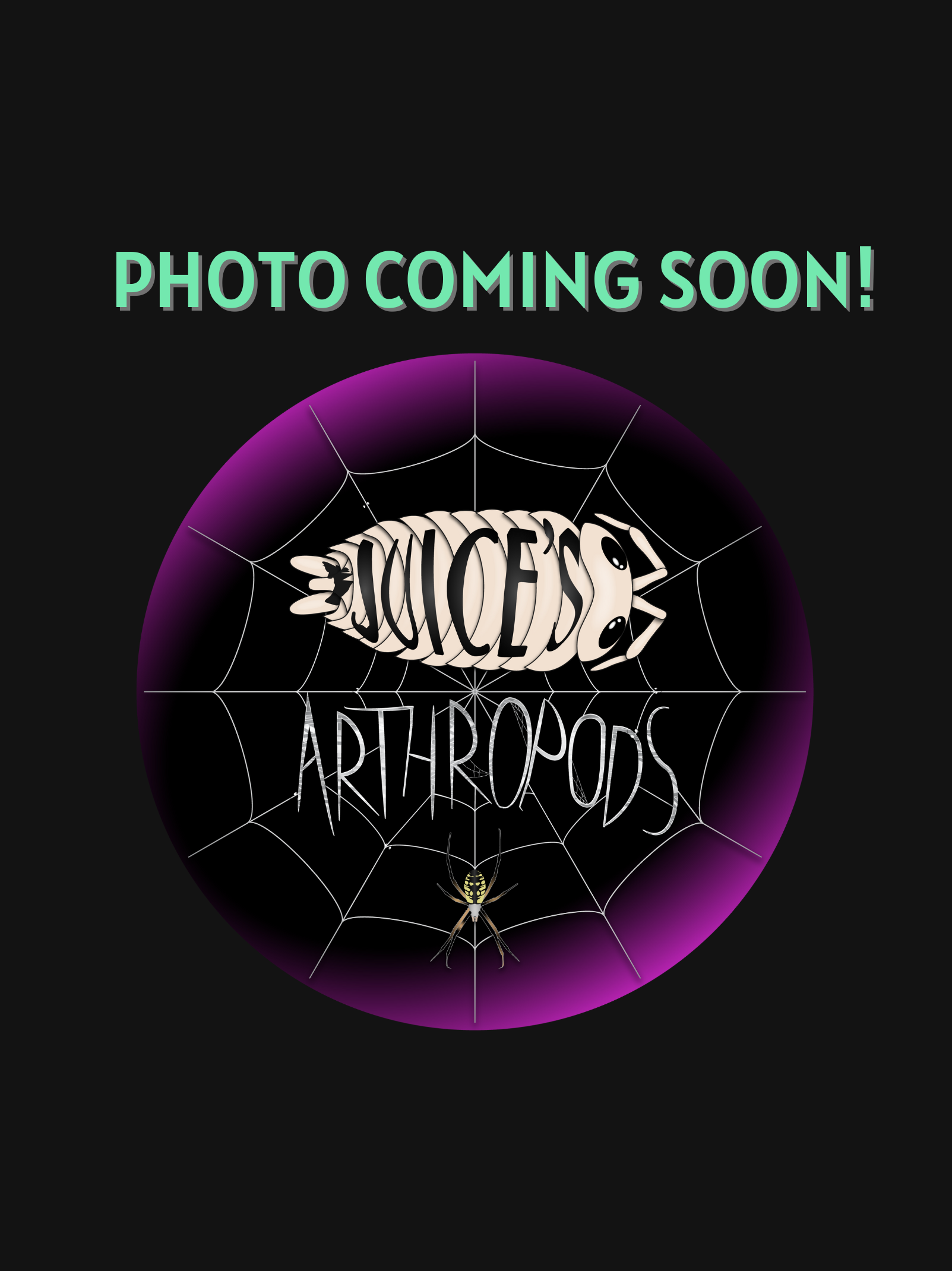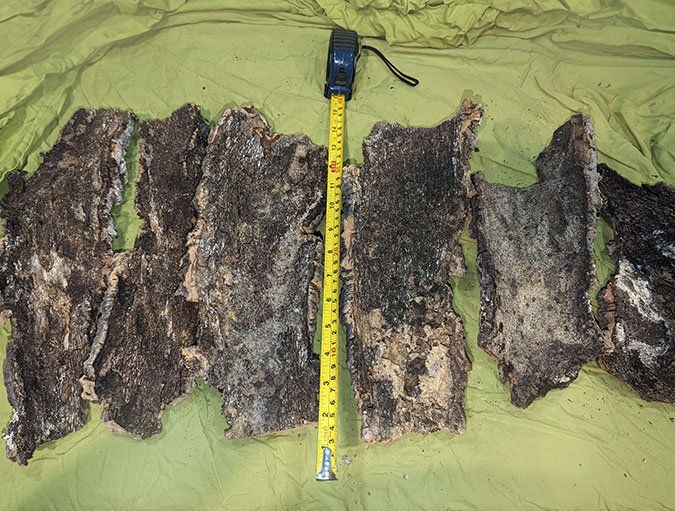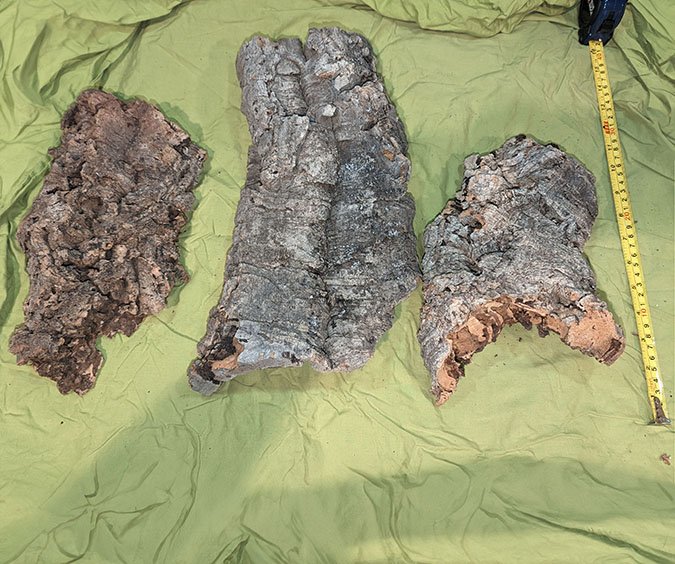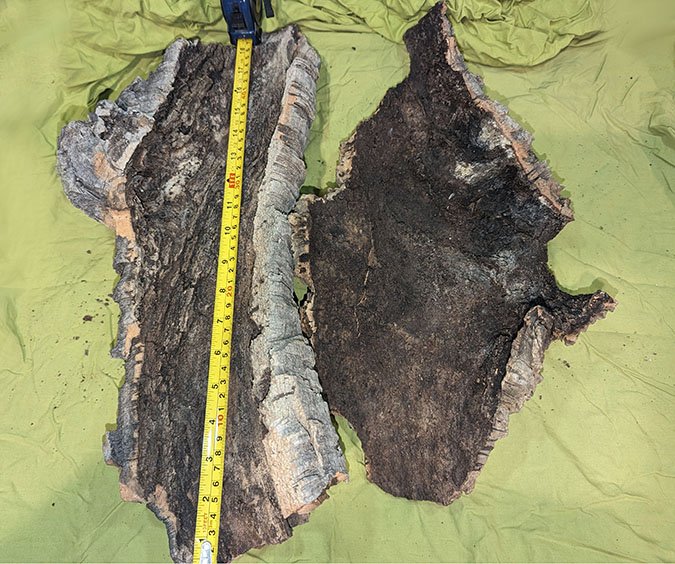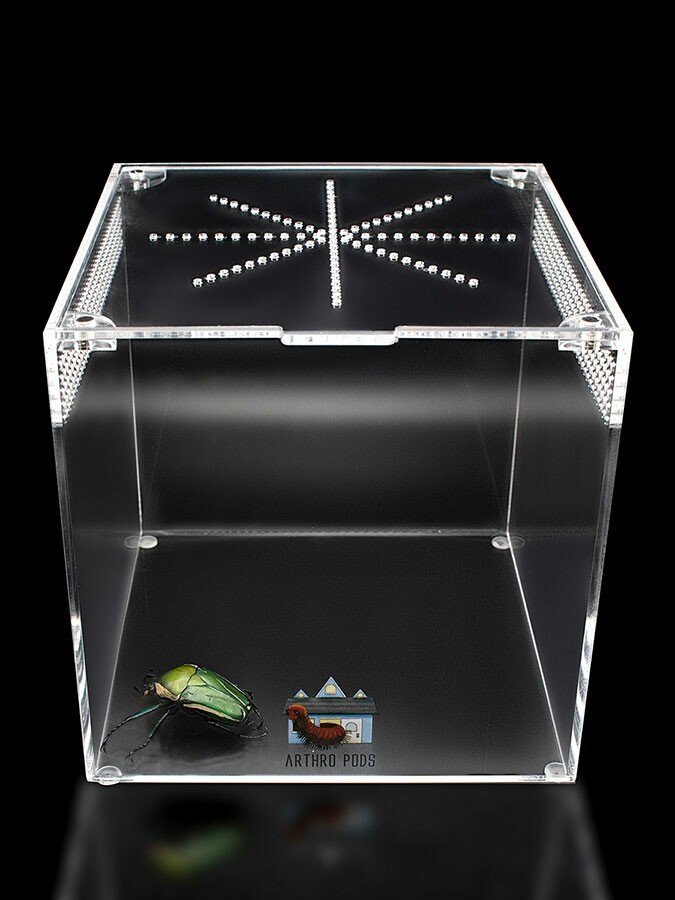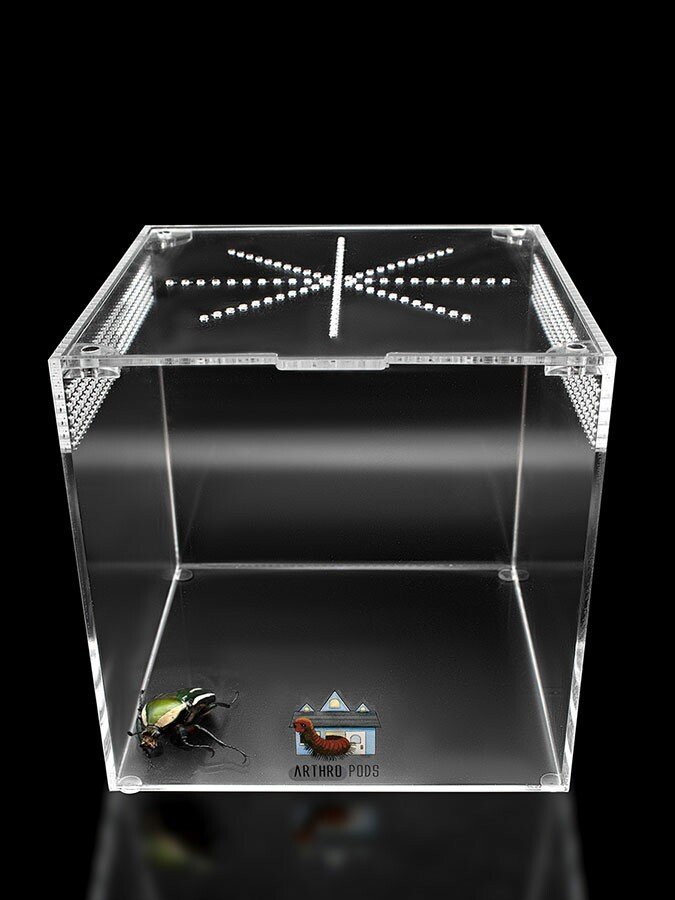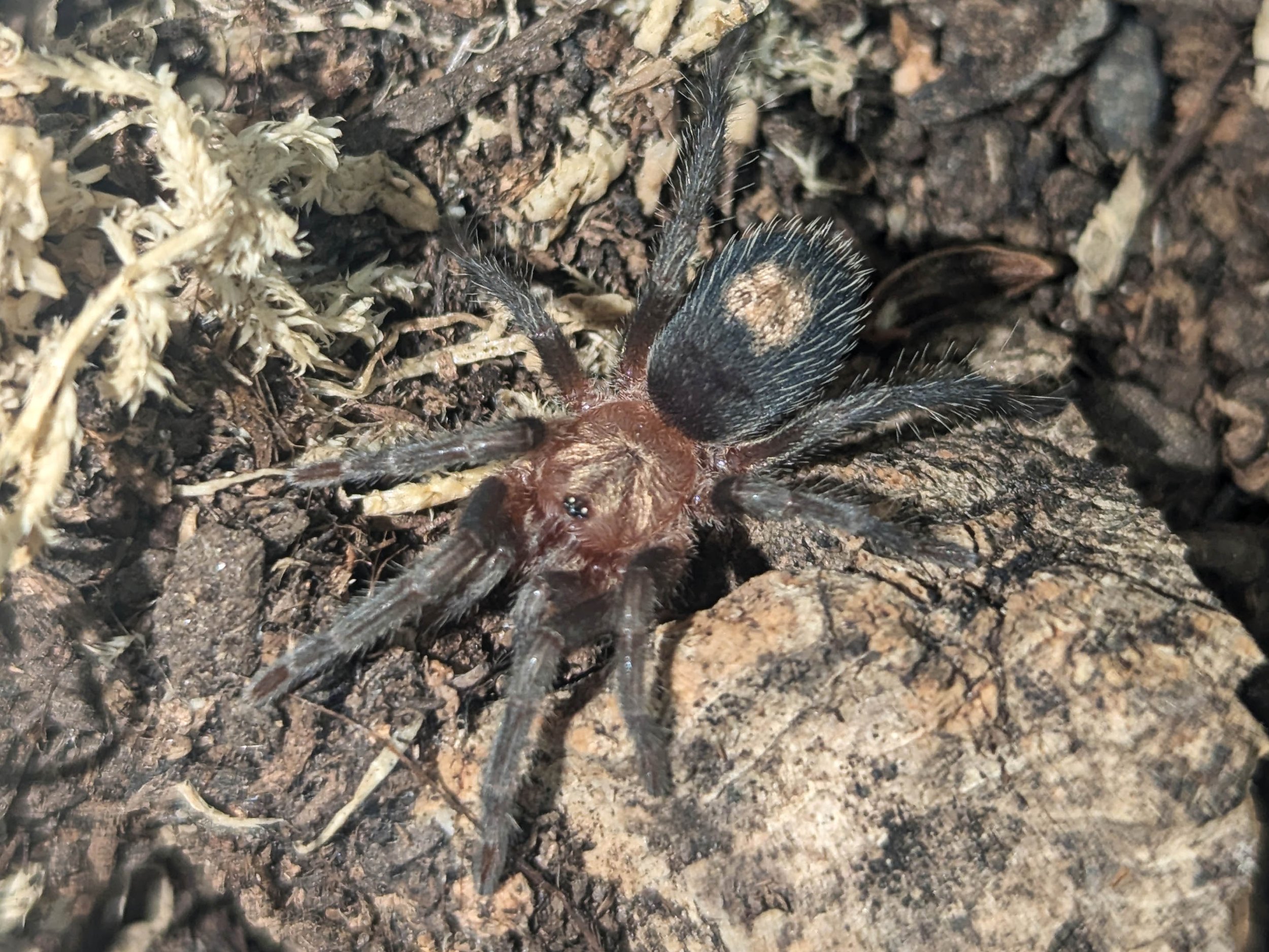Kochiana brunippes
Kochiana brunnipes, or Dwarf Pink Leg Tarantula, is a dwarf terrestrial tarantula species native to Brazil. Despite its tiny size, it stands out with a sleek black body and soft pinkish to reddish hues on its legs, especially on the femurs and patellae—giving it the "pink leg" nickname.
As a New World tarantula, the Dwarf Pink Leg is generally skittish but not aggressive. Its primary defense is urticating hairs. The dwarf pink leg is a fossorial species, often burrowing or seeking cover under surface materials in its enclosure.
Kochiana brunnipes, or Dwarf Pink Leg Tarantula, is a dwarf terrestrial tarantula species native to Brazil. Despite its tiny size, it stands out with a sleek black body and soft pinkish to reddish hues on its legs, especially on the femurs and patellae—giving it the "pink leg" nickname.
As a New World tarantula, the Dwarf Pink Leg is generally skittish but not aggressive. Its primary defense is urticating hairs. The dwarf pink leg is a fossorial species, often burrowing or seeking cover under surface materials in its enclosure.
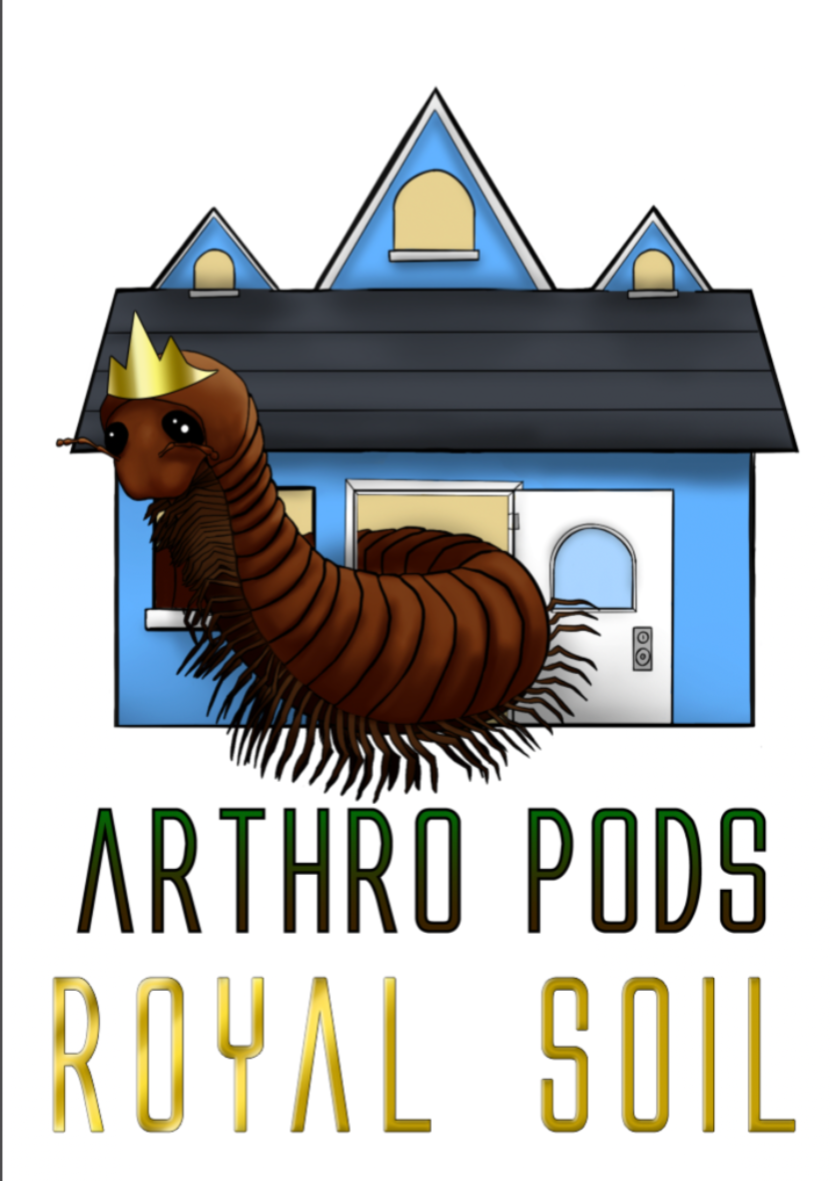
Kochiana brunnipes, or Dwarf Pink Leg Tarantula, is a dwarf terrestrial tarantula species native to Brazil. Despite its tiny size, it stands out with a sleek black body and soft pinkish to reddish hues on its legs, especially on the femurs and patellae—giving it the "pink leg" nickname.
As a New World tarantula, the Dwarf Pink Leg is generally skittish but not aggressive. Its primary defense is urticating hairs. The dwarf pink leg is a fossorial species, often burrowing or seeking cover under surface materials in its enclosure.
What's the ideal diet for Dwarf Pink Leg Tarantula?
All Tarantulas can eat a variety of feeders. Stick to crickets, dubia roaches, silkworms, horned worms occasionally, and a superworm or mealworm as the occasional treat!
How should I keep a Dwarf Pink Leg Tarantula?
You can start with the Fossorial Fissure Small enclosure for this particular creature. When they are about ⅓ the size, you will want to go to the Fossorial Fissure Medium or Fossorial Fissure Large enclosure. Feed them as slings once a week, twice if their opisthosoma (abdomen) looks small, but if the opisthosoma is wider than their prosoma (pneumothorax), then wait a couple of days to feed. For juveniles or adults, stick to feeding once a week, nothing larger than their opisthosoma. Make sure to keep a full water dish at all times; wider and deeper is preferred.
How long could a Dwarf Pink Leg Tarantula live?
Females are believed to live upwards of 10+ years, and males not exceeding around 3 years of age. All estimates are based on multiple sources.


